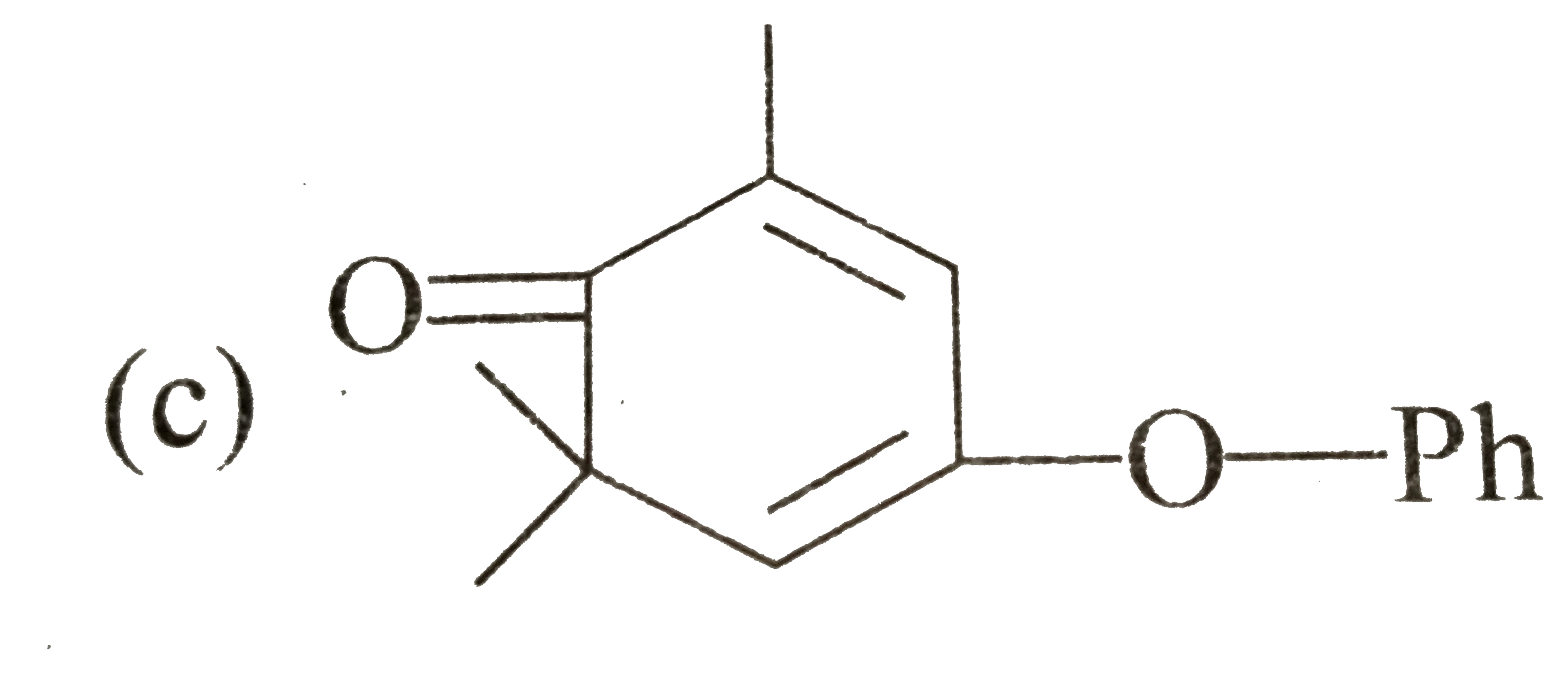Chlorobenzene reacts with_____in presence of conc. H2SO4 to form DDT.
To solve the question, "Chlorobenzene reacts with_____ in presence of conc. H2SO4 to form DDT," we will follow these steps:
1. Identify the Reactants:
- We start with Chlorobenzene (C6H5Cl). The question asks for another reactant that will combine with Chlorobenzene in the presence of concentrated sulfuric acid (H2SO4) to form DDT.
2. Understand the Reaction Conditions:
- Concentrated H2SO4 acts as a dehydrating agent. This means it will facilitate the removal of water from the reactants during the reaction.
3. Structure of DDT:
- DDT (Dichloro-Diphenyl-Trichloroethane) has the structure:
- It consists of two chlorobenzene rings connected by a carbon atom that is also bonded to three chlorine atoms (CCl3).
- The chemical formula for DDT can be represented as C14H9Cl5.
4. Determine the Required Reactant:
- To form DDT, we need a compound that can provide the necessary carbon and chlorine atoms. The compound that reacts with Chlorobenzene in this case is Chloral (CCl3CHO).
- Chloral is a carbonyl compound with a trichloro group, which can provide the necessary carbon and chlorine atoms for the formation of DDT.
5. Write the Reaction:
- The reaction can be summarized as:
2C6H5Cl+CCl3CHOconc. H2SO4−−−−−−−→DDT+H2O
- Here, two moles of Chlorobenzene react with one mole of Chloral in the presence of concentrated sulfuric acid to produce DDT and water.
Final Answer:
Chlorobenzene reacts with Chloral (CCl3CHO) in the presence of concentrated H2SO4 to form DDT.
- We start with Chlorobenzene (C6H5Cl). The question asks for another reactant that will combine with Chlorobenzene in the presence of concentrated sulfuric acid (H2SO4) to form DDT.
- Concentrated H2SO4 acts as a dehydrating agent. This means it will facilitate the removal of water from the reactants during the reaction.
- DDT (Dichloro-Diphenyl-Trichloroethane) has the structure:
- It consists of two chlorobenzene rings connected by a carbon atom that is also bonded to three chlorine atoms (CCl3).
- The chemical formula for DDT can be represented as C14H9Cl5.
- To form DDT, we need a compound that can provide the necessary carbon and chlorine atoms. The compound that reacts with Chlorobenzene in this case is Chloral (CCl3CHO).
- Chloral is a carbonyl compound with a trichloro group, which can provide the necessary carbon and chlorine atoms for the formation of DDT.
- The reaction can be summarized as:
2C6H5Cl+CCl3CHOconc. H2SO4−−−−−−−→DDT+H2O
- Here, two moles of Chlorobenzene react with one mole of Chloral in the presence of concentrated sulfuric acid to produce DDT and water.
Chlorobenzene reacts with Chloral (CCl3CHO) in the presence of concentrated H2SO4 to form DDT.
Topper's Solved these Questions
- HALOALKANES AND HALOARENESBOOK - PRADEEPCHAPTER - HALOALKANES AND HALOARENESEXERCISE - CONCEPTUAL QUESTIONS
26 Videos
- HALOALKANES AND HALOARENESBOOK - PRADEEPCHAPTER - HALOALKANES AND HALOARENESEXERCISE - NCERT QUESTIONS AND EXERCISES WITH ANSWERS (NCERT INTEXT SOLVED QUESTIONS)
9 Videos
- HALOALKANES AND HALOARENESBOOK - PRADEEPCHAPTER - HALOALKANES AND HALOARENESEXERCISE - TEST YOUR GRIP (MULTIPLE CHOICE QUESTIONS)
23 Videos
- GENERAL PRINCIPLES AND PROCESSES OF ISOLATION OF ELEMENTS BOOK - PRADEEPCHAPTER - GENERAL PRINCIPLES AND PROCESSES OF ISOLATION OF ELEMENTS EXERCISE - Curiosity Questions
2 Videos
- ORGANIC COMPOUNDS CONTAINING NITROGENBOOK - PRADEEPCHAPTER - ORGANIC COMPOUNDS CONTAINING NITROGENEXERCISE - IMPORTANT QUESTIONS FOR BOARD EXAMINATION
27 Videos
Similar Questions
Knowledge Check
Conc. H2SO4 is not
AHygroscopicBDehydrating agentCSulphonating agentDefflorescentThe compound formed on heating chlorobenzene with chloral in presence of conc H2SO4 is .
AHexachloroethaneBDDTCFreonDGammexanePhenol reacts with acetons in the presence of conc. H2SO4 to from a C15H16O2 product , Which of the following compound is this product ?
A B
B C
C D
D
Chlorobenzene when condensed with chloral in the presence of conc H2SO4 yields
View SolutionChlorobenzene when condensed with chloral in the presence of conc. H2SO4 yields :
View SolutionBenzene on reaction with conc. HNO3 in presence of conc. H2SO4 followed by the treatment of CI2 in presence of FeCI3 followed by the treatment of CI2 in presence of FeCI3, it gives :
View SolutionPheol reacts with conc. HNO3 in the presence of conc. H2SO4 to give :
View SolutionPhenol when nitrated with conc. HNO3 in presence of conc. H2SO4 forms
View Solution
